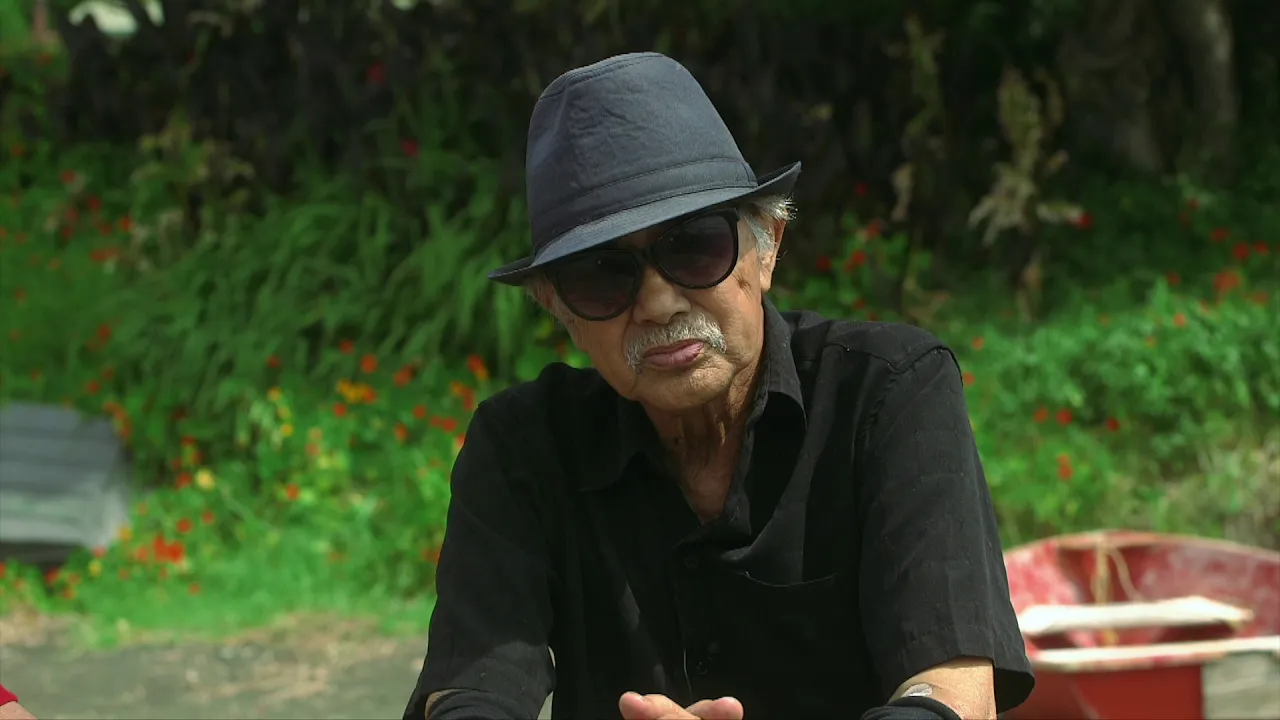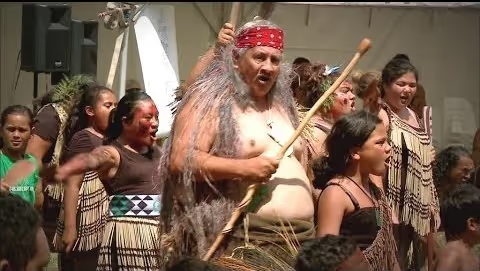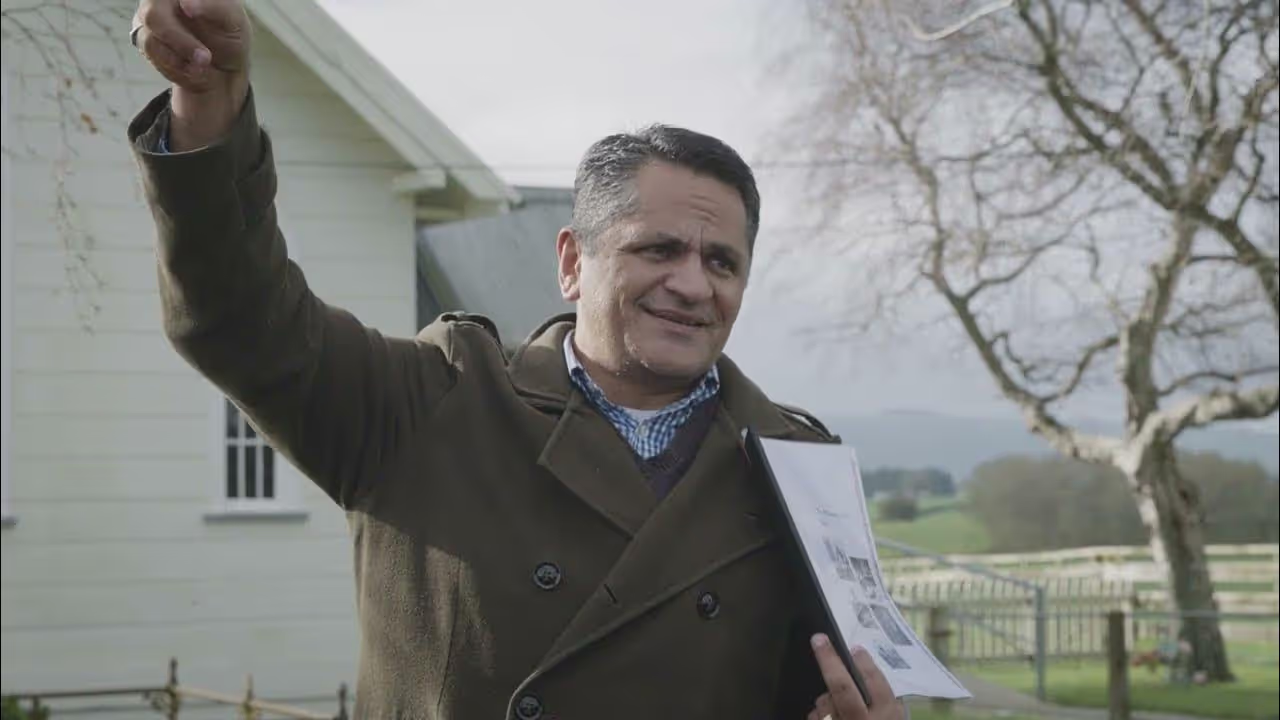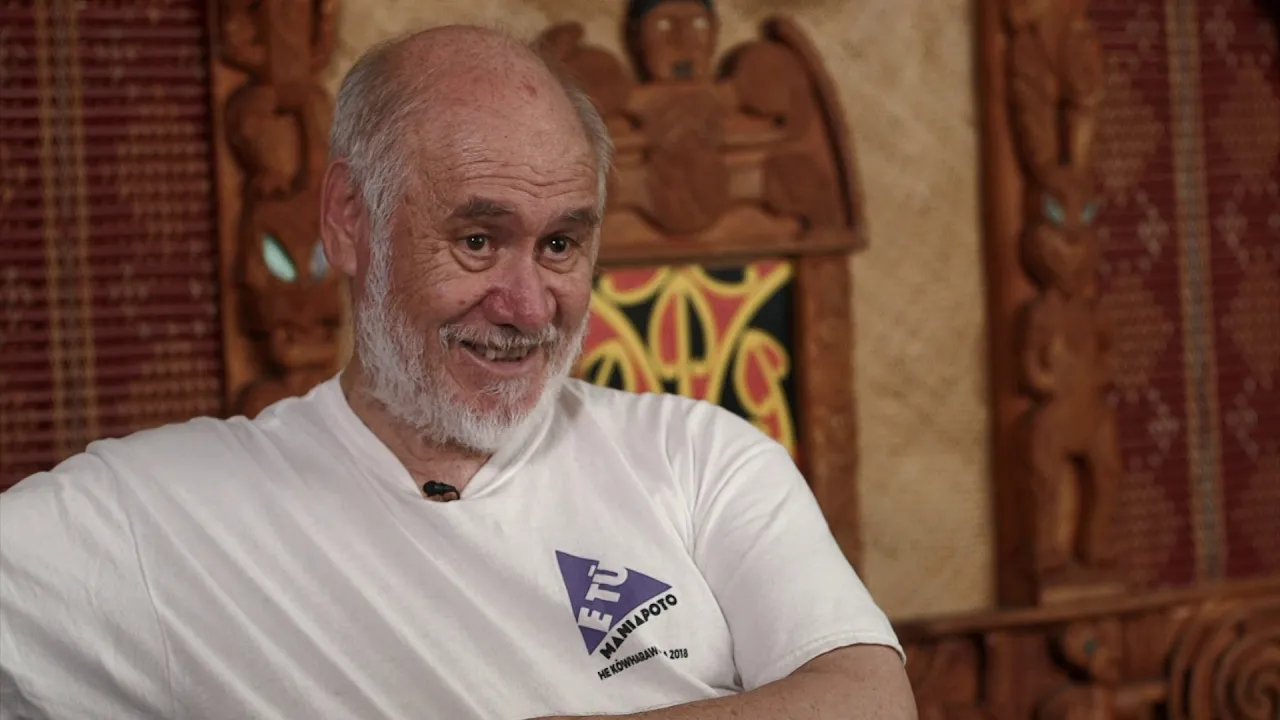Mō Mātou
Apakura Mana Motuhake - He Mana nō Tūāuri Whaioio, He Mana nō Tua Whakarere!
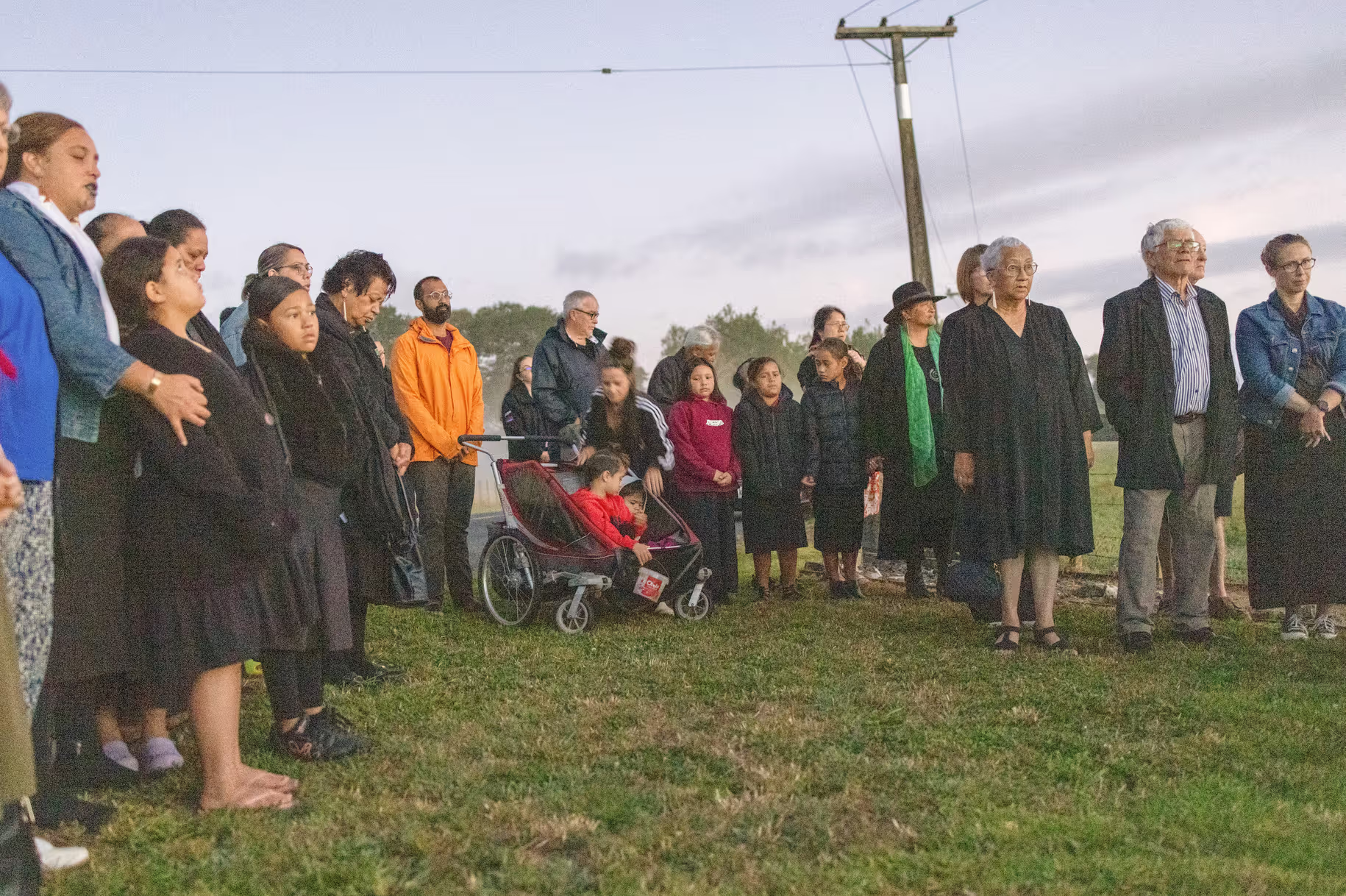
Tō Mātou Hītori
Apakura is the revered ancestress from whom Ngāti Apakura takes its name. She has whakapapa links with the patupaiarehe of Maunga Pirongia and a line of descent from the Te Arawa waka and the esteemed tohunga Ngātoro-i-rangi. She married Whatihua, a rangatira of the Tainui waka and elder son of Tāwhao, uniting two waka through whakapapa. Their children, Marumahanga and Rakamahanga, continued this line.
Tāwhao divided his lands between his sons. Whatihua received Kāwhia and the northern Waikato region, and Tūrongo the Waipā through to the region now known as the King Country. From these lines, Ngāti Apakura emerged as a distinct and influential iwi, with mana whenua interests across Kāwhia, Pirongia, Puniu, and Waipā, as far north as Ohaupō, and south to Tānehopuwai. Our people were kaitiaki of these lands, living, cultivating, and building across generations.
Despite the devastation of land confiscations and raupatu in the 19th century, Ngāti Apakura remains a living iwi identity. Today, our whānau continue to uphold the legacy of Apakura through whakapapa, language, and cultural revitalisation - anchored in our whenua, our stories, and our enduring presence.
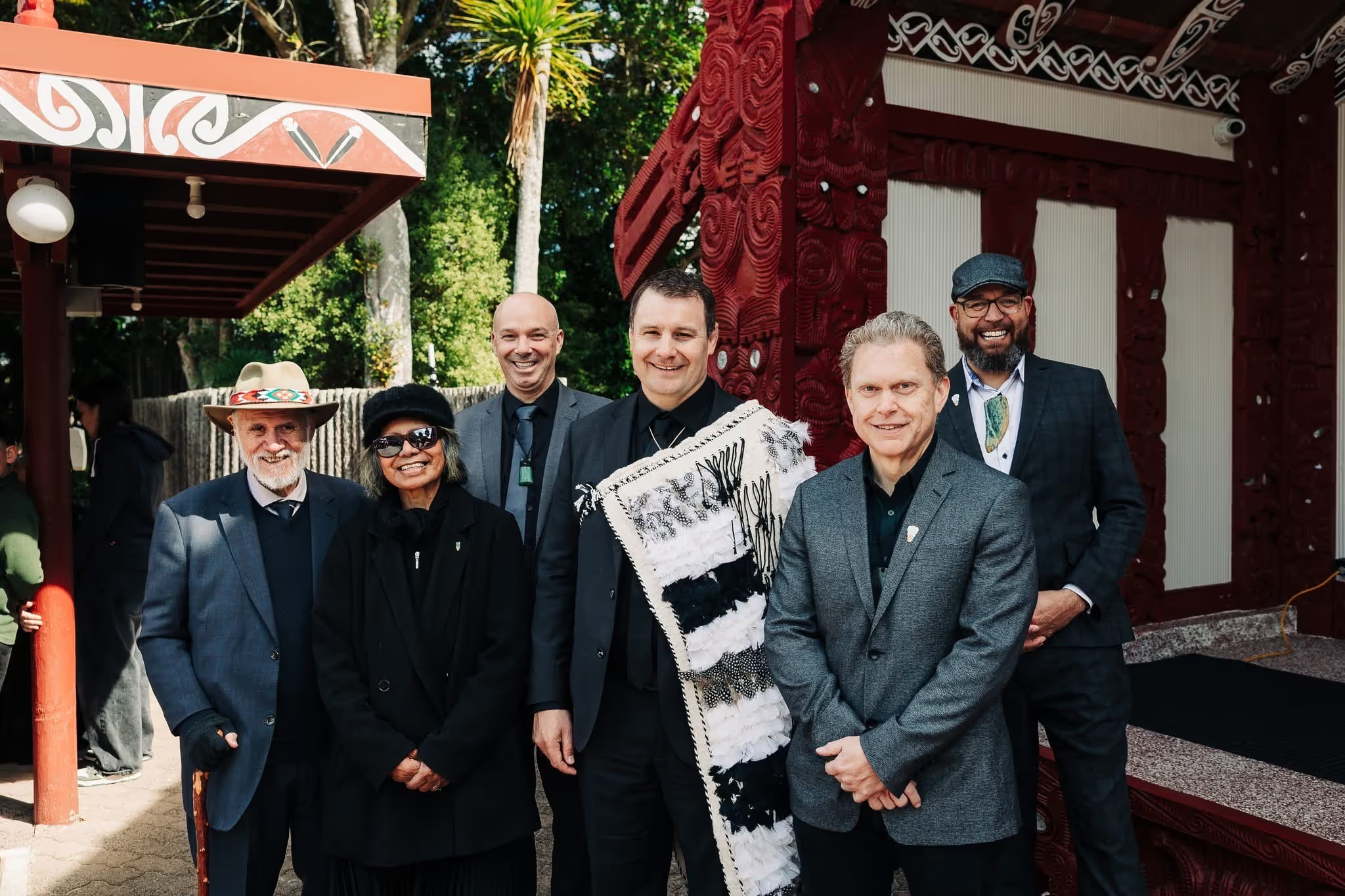
Māhere Rautaki I Strategic Plan
The Apakura Rūnanga Trust Strategic Plan sets out our vision, priorities, and long-term goals for Ngāti Apakura. It guides our efforts to restore whenua, strengthen whānau wellbeing, revitalise te reo me ōna tikanga, protect our environment, and assert tino rangatiratanga.

Rangiaowhia
Rangiaowhia was a thriving Ngāti Apakura settlement east of Te Awamutu, known for its rich soils, innovation, and peaceful prosperity. It became a major centre of Māori agriculture and trade in the early 19th century, especially following the adoption of new farming methods and tools.
Ngāti Apakura, alongside other Waikato iwi, helped transform Rangiaowhia into a place of abundance, often referred to as the "breadbasket" of the region.
However, its peace was shattered during the New Zealand Wars. In 1864, colonial forces attacked Rangiaowhia in a brutal assault that targeted women, children, and the elderly. This act of violence, followed by land confiscations (raupatu), had a devastating impact on Ngāti Apakura, forcing many from their ancestral lands. Despite this, Rangiaowhia remains a sacred site: a symbol of resilience, mana, and remembrance.
Kāwhia
Kāwhia holds deep ancestral, cultural, and political significance for Ngāti Apakura, with a continuous presence in the region stretching back to their earliest tūpuna. Despite a fractured historical record, particularly from the early 20th century, a strong body of evidence confirms Ngāti Apakura's enduring occupation and exercise of customary marine rights in Kāwhia moana.
In the 19th century, Ngāti Apakura were known as economic leaders and innovators, forging a powerful connection between their two principal kāinga, Kāwhia and Rangiaowhia, through trade, agriculture, and exploration. Following the devastation of Rangiaowhia in 1864, many displaced Apakura whānau sought refuge in Kāwhia, returning under the strength of their own tribal mana as well as in relationship with resident iwi such as Ngāti Hikairo.
Throughout shifting political tides and Crown pressures, Ngāti Apakura whānau have remained present in Kāwhia, resisting land alienation, preserving whakapapa, and upholding their identity and rights as tangata whenua. Today, Kāwhia continues to embody Apakura’s resilience, mana, and unbroken connection to moana and whenua.
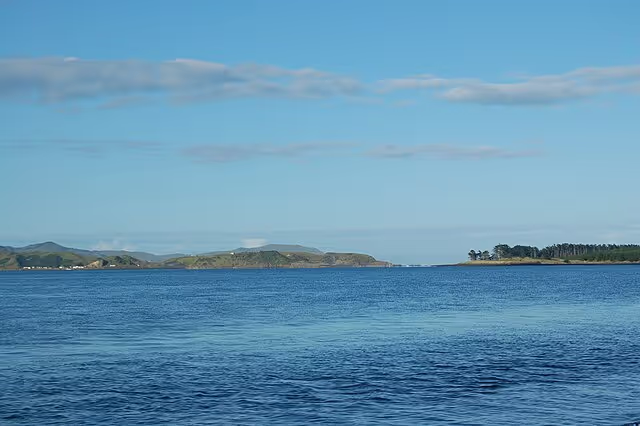
Te Poari Matua
The Apakura Rūnanga Trust Governance Board provides strategic leadership and oversight to safeguard the iwi’s assets, uphold tikanga, and advance the wellbeing of Ngāti Apakura. The Board ensures effective management, accountability, and the protection of the tribe’s cultural, environmental, and economic interests for present and future generations
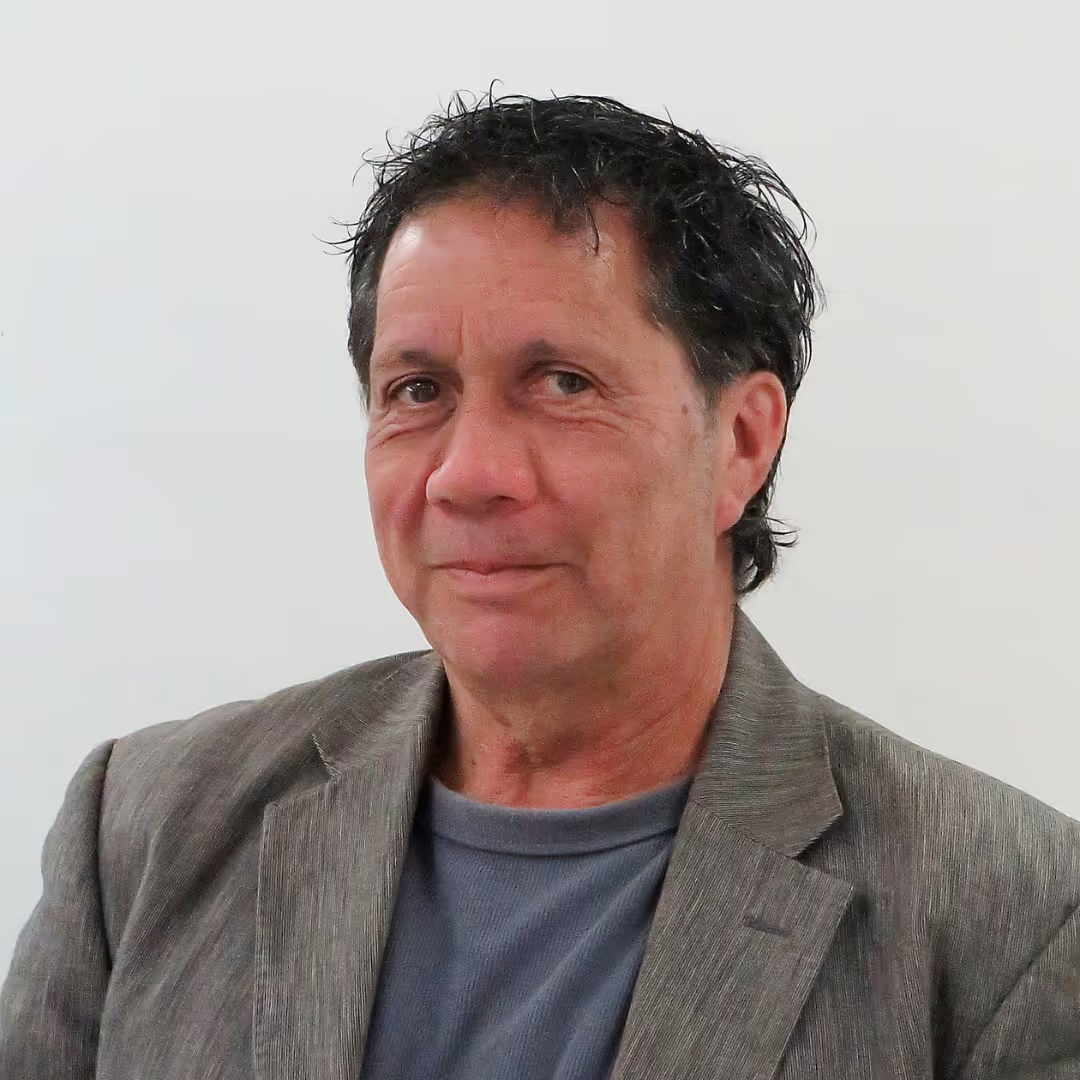
As Chairperson of Apakura Rūnanga Trust, Hōri lives on the family farm in Kairangi with his whānau, deeply connected to his Ngāti Apakura whakapapa and whenua. Known for his hands-on approach to leadership, he leads with humility and a strong sense of service to his people. Whether working the land or lending a hand in the kitchen at whānau and Trust events, Hōri is always ready to support and uplift his whānau, hapū and iwi, embodying true servant leadership.

Orrin Kapua serves as a Trustee with a focus on embedding mana whenua values into governance, strengthening partnerships, and advancing long-term aspirations for whaanau and whenua. He brings experience in strategic planning, community advocacy, and policy engagement. Orrin’s involvement is deeply personal — shaped by the legacy of his mother, a trailblazer who authored Koorero tuku iho: Waahine Maaori voices from the embers. Her mahi drew on the lived experiences of nanny Wikitoria Te Mamae Pahi, who as a child witnessed first-hand the paahuatanga at Rangiaowhia.
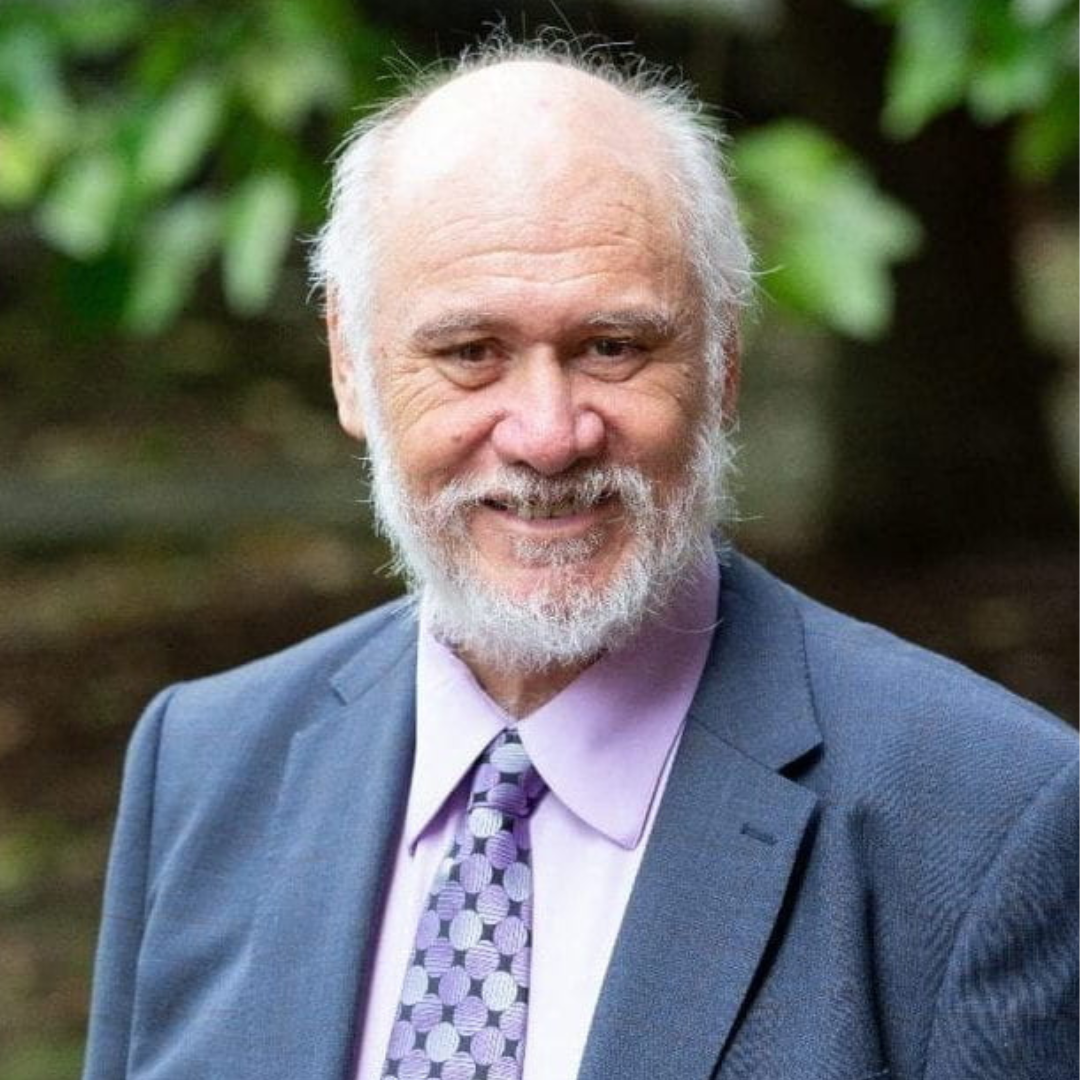
Professor Tom Roa has been employed at the University of Waikato since 1997 and is currently Professor of Reo in Te Pua Wānanga ki te Ao, the Faculty of Māori and Indigenous Studies. He also maintains active roles within his iwi (Waikato–Maniapoto–Apakura), hapū (Hinewai, Urunumia, Taiwa), and whānau. Tom is a Justice of the Peace, a sitting member of the Waitangi Tribunal, and a former member of the Māori Council of Heritage New Zealand, among other roles.
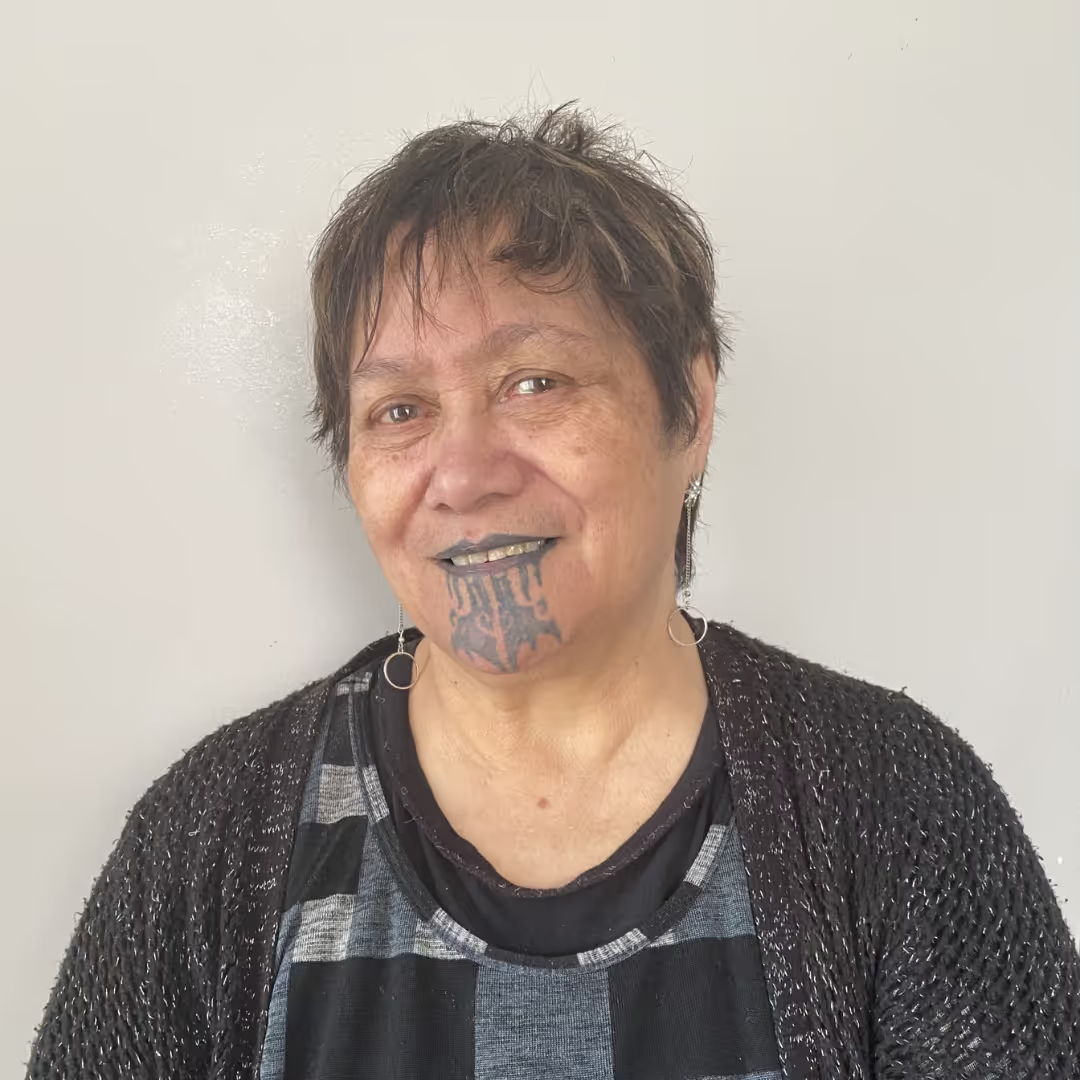
Dr Kahu McClintock’s work is grounded in the aspiration to uphold tino rangatiratanga over te reo, taonga, hauora, and te taiao within Apakura and the Te Nehenehenui region. She currently holds governance roles as a Trustee for Apakura Rūnanga and Te Nehenehenui, Co-Chair of Te Mauri o Maniapoto Kaumātua Rōpū, and Executive member of the Tainui Marae Tōpū. She has also served on the Waikato DHB Iwi Council and Te Whakakitenga o Waikato.

Julia Martin is a descendant of Rahapa Te Hauata and Thomas Power. In 2014, she returned home to reconnect with her whenua, whānau, and whakapapa. Since then, she has been part of the journey that led to the establishment of Te Waha a Tuarā and the iwi’s ongoing reconciliation process. Julia is a retired businesswoman and teacher who has contributed her skills through the finance portfolio. Her approach is grounded in faith and service. Julia remains committed to serving Apakura for as long as she is called to serve by God.

Tiaki is devoted to advancing cultural, environmental, and educational initiatives within the Waipā and Waikato regions. She holds local leadership positions in the Māori Women’s Welfare League, as well as committee positions with the Pirongia Te Aroaro o Kahu Restoration Society, contributing to significant ecological restoration projects, including kōkako habitat preservation. Tiaki actively fosters collaboration between mana whenua and local government, facilitating educational engagements at sites of Māori historical significance.

Regan brings extensive experience in education, business, and strategic management within Mātauranga Māori and the creative industries. At the governance level, Regan serves as Co-Director of Orowaru Arts, Chair of Te Atinga—the National Committee for Contemporary Māori Arts—and a board member of A Kura. As a trustee, Regan is particularly passionate about supporting whānau, hapū, and iwi in building capacity, fostering wellness, and strengthening connections.

Zacchaeus has served on the Ngāti Apakura Trust Board since his initial nomination by his Nanny, the late Jenny Charman, on 21 November 2020. Jenny was an original Apakura claimant and a beloved kuia of the iwi. A trained Māori Medium teacher specialising in music, he has spent the past 18 years working with rangatahi in Aotearoa and internationally. He currently works as a Lead Negotiator for an innovative rumaki reo pākāinga project. Zacchaeus is married to Jade Te Uri Karaka, and they have two tamariki, Tūmatapō and Tīahomāia.
Ngā Kaimahi
The operations team at Apakura Rūnanga Trust is responsible for delivering the day-to-day functions of the Trust and supporting the strategic direction set by the governance board.
This includes managing projects, engaging with whānau and stakeholders, overseeing communications, and ensuring the effective delivery of cultural, environmental, and community initiatives that reflect the aspirations of Ngāti Apakura.

Barlow (Te Arawa, Mataatua, Tainui) is the General Manager of Apakura Rūnanga Trust, bringing leadership experience across the public and community sectors. Barlow is skilled in driving strategic initiatives and fostering strong stakeholder relationships. His expertise spans service design, strategic planning, and capability development, and he is committed to empowering whānau, hapū, iwi, and hapori Māori to achieve their aspirations.

Merita (Ngāti Maru, Raukawa, Waikato) is the Administrator and Board Secretary of Apakura Rūnanga Trust, bringing extensive experience across the public sector, specifically in social development and child, youth and family. Merita supports the Board and Management with the day-to day operations of the Trust.

Circa 1800 | The Battle of Hingakākā
A famous battle fought about 1780 between the paramount Chief's of Ngāti Toa (Pikauterangi) and Ngāti Mahuta (Te Rauangaanga) and their allies. The battle was fought at Ngāroto, near Taharoa (Kawhia).
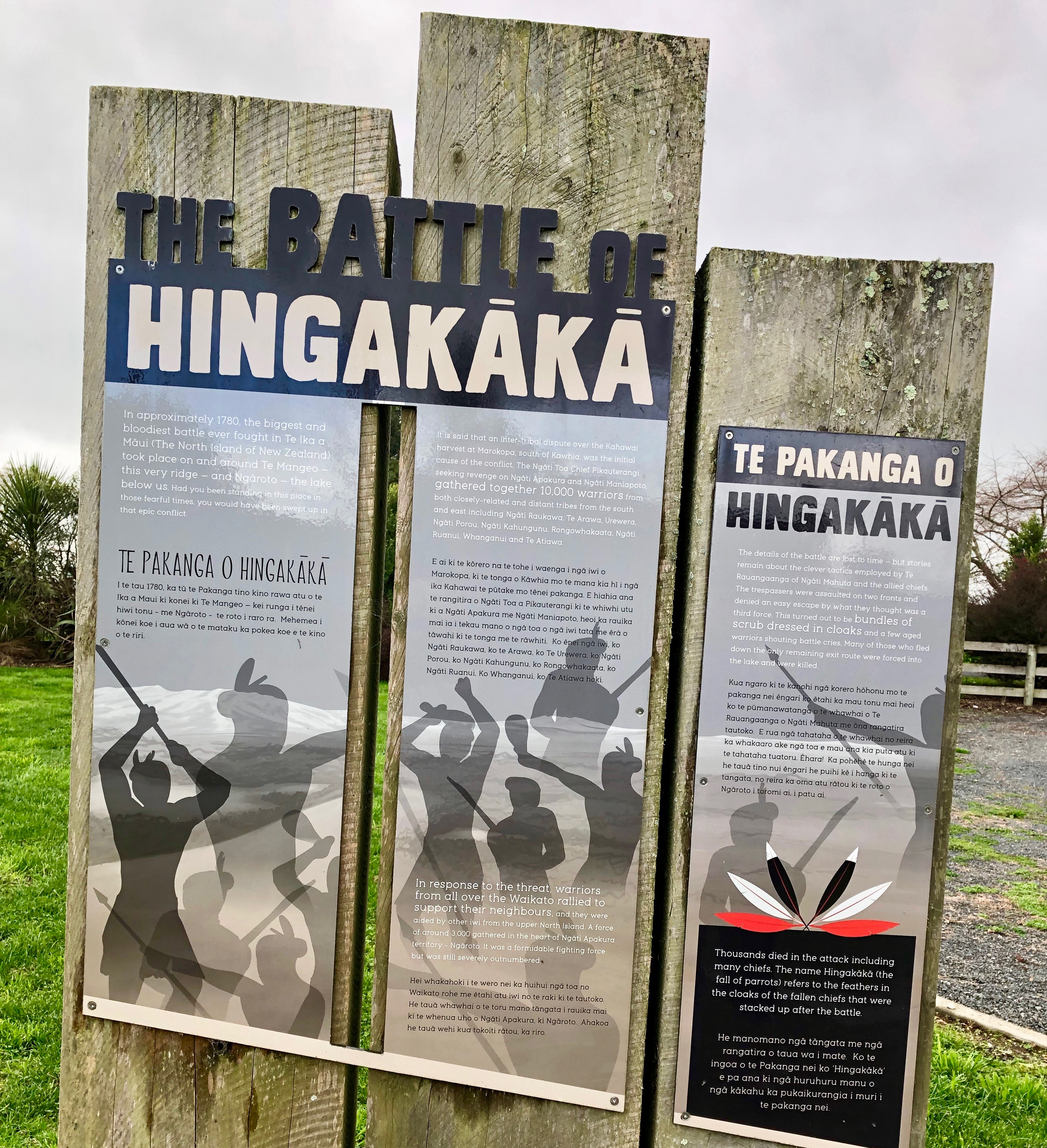
1810-20 | Flax Trading Industry in Kāwhia
Around this time flax trading became a strong industry utilised in the sailing shipping industry in the height of its time Europeans traded strongly with Ngapuhi first, introducing the gun, which lead to battles that majorly affected Apakura

1822 | Battle of Mātakitaki (Pirongia)
3000 Nga Puhi attacked an estimated 7000 strong Waikato alliance at the never before breached, formidable pā of Apakura / Ngati Hikairo utilising the recently acquired muskets (colonisers patu).

1825 | Hōhou te Rongo/Tatau Pounamu
In the early 1820s, pressure from Ngāpuhi led Ngāti Korokī Kahukura into Ngāti Apakura’s rohe, sparking conflict over resources. An attack on Kaipaka Pā resulted in the death of Rangianewa, sister of Waharoa—a breach of tikanga. Waharoa made peace in 1825, but Te Wherowhero held that utu for her death was still owed. Peace was made in 1825, and a pou maumahara was later erected at Raroera Pā.
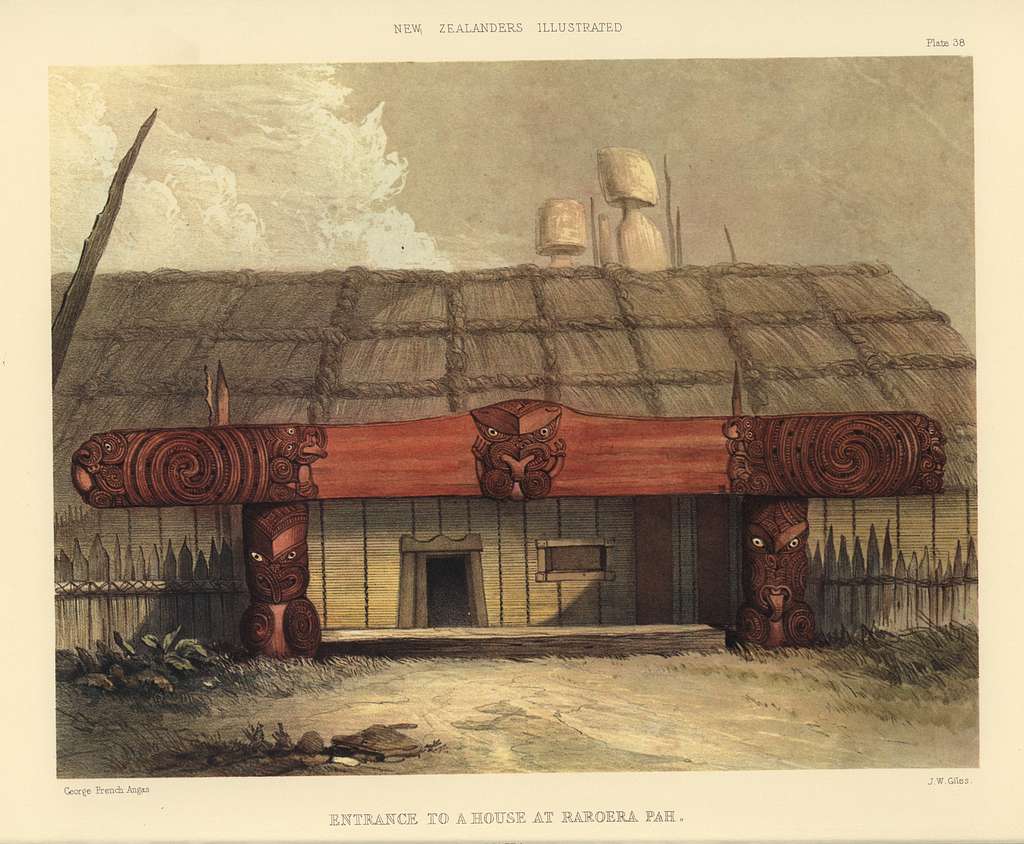
1835 | He Whakaputanga
He Whakaputanga, the Declaration of Independence of the United Tribes of New Zealand, was signed in 1835 by a group of northern and selected central North Island rangatira. It asserted Māori sovereignty, declaring that iwi and hapū held full authority over their lands, people, and affairs.

1840 | Te Tiriti o Waitangi
Te Tiriti o Waitangi is the founding agreement between Māori rangatira and the British Crown, signed in 1840. It established a partnership intended to protect Māori authority (rangatiratanga), while allowing the Crown to govern and facilitate peaceful settlement.

1840 | The Golden Years
The mission station brought Christianity, education, and new European-style buildings to the area. Ngāti Apakura thrived, developing successful agriculture, horticulture, and related industries, including flour mills and produce trading. Their goods reached markets as far as Auckland, Australia, and the Americas. The community also flourished socially, with shops, sporting facilities, and even a racecourse—showcasing the strong entrepreneurial spirit of Apakura
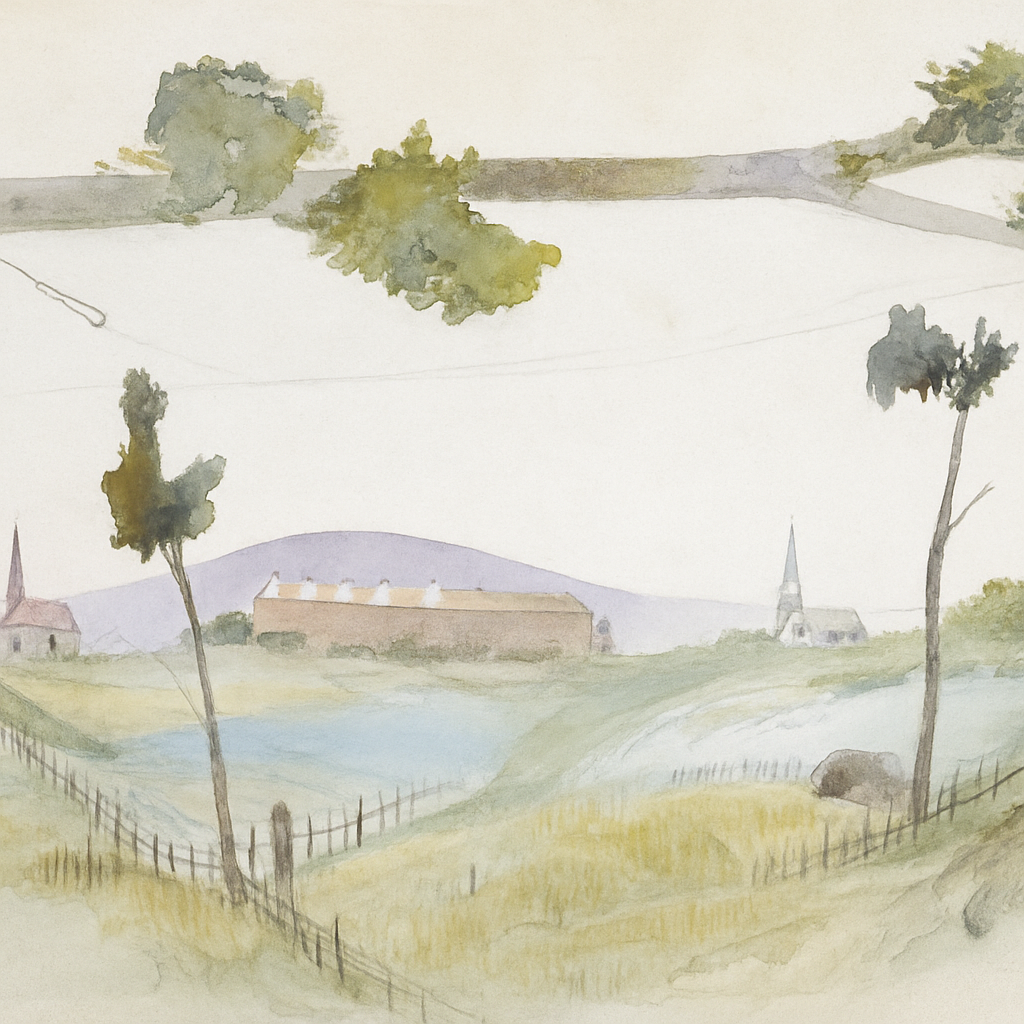
1842 | Raroera Declared Tapu
Tiria, daughter of Te Wherowhero, passed away at Raroera, and in recognition of her mana, the site was declared tapu. As peace grew and Christianity spread, many tangata whenua began living outside fortified pā, leading to the establishment of Rangiaowhia and its surrounding kāinga.

1854 | Rangiaowhia Mission Station Deed
The Rangiaowhia Mission Station Deed formalised the transfer and management of land for the establishment of the mission at Rangiaowhia. It played a significant role in Ngāti Apakura’s history by marking early relationships between Māori and Christian missionaries, influencing social, cultural, and economic changes in the region.
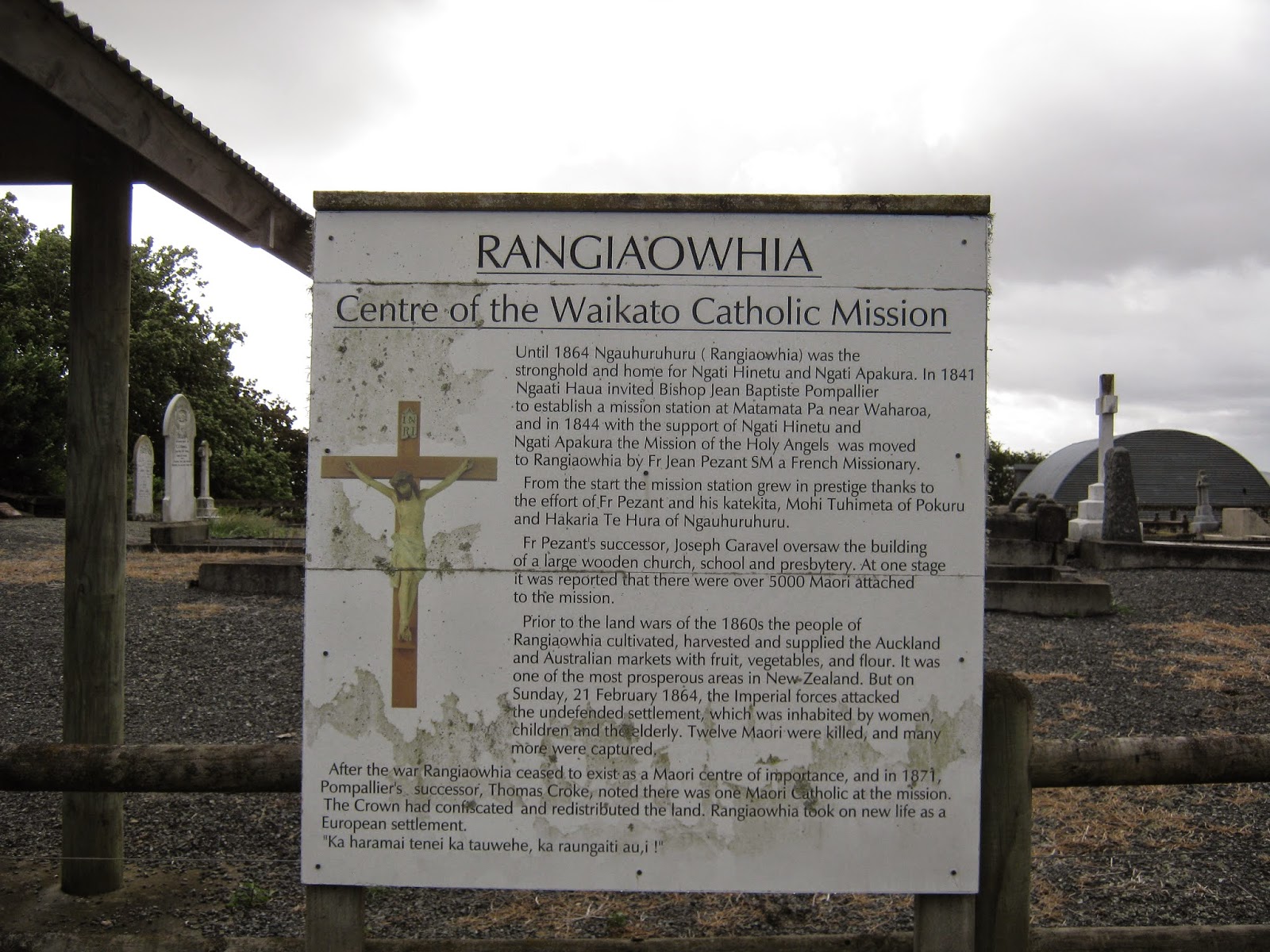
1856 | Kairangapahau Deed & Hui at Pūkawa
In November 1856, a significant hui convened at Pūkawa, a settlement on the southern shores of Lake Taupō, to discuss the establishment of a Māori kingship. This gathering was attended by various iwi, including Ngāti Tūwharetoa, and was pivotal in the formation of the Kīngitanga movement.
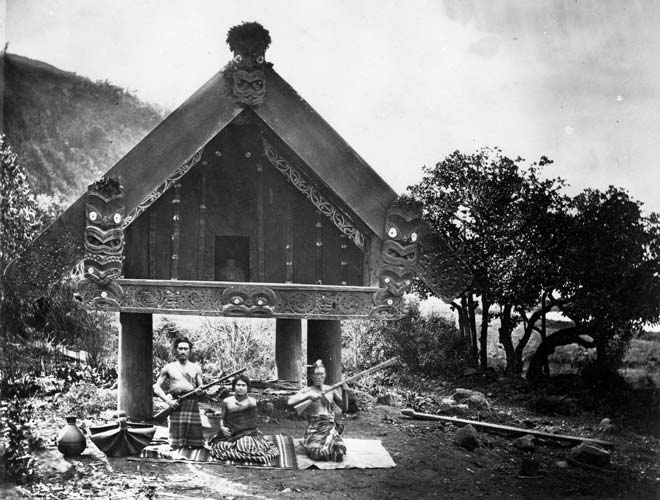
1857 | Tatau Pounamu II
Prior to accepting the title of Māori King, Te Wherowhero requires the killing of Rangianewa to be avenged. Ngati Haua rangatira Tamihana awards Te Raumoko to Te Wherowhero’s brother in marriage Te Whanake Range (former rohe of Ngati Kauwhata), given in the act of Hohou te Rongo, extending the mana whenua of Apakura in the east

1859 | Meeting at Ngāruawāhia
A further meeting at Ngāruawāhia on 2 May 1859 confirmed to te ao, Potatau Te Wherowhero as holding the mana of kingship, in an alliance with Queen Victoria, with God over both.
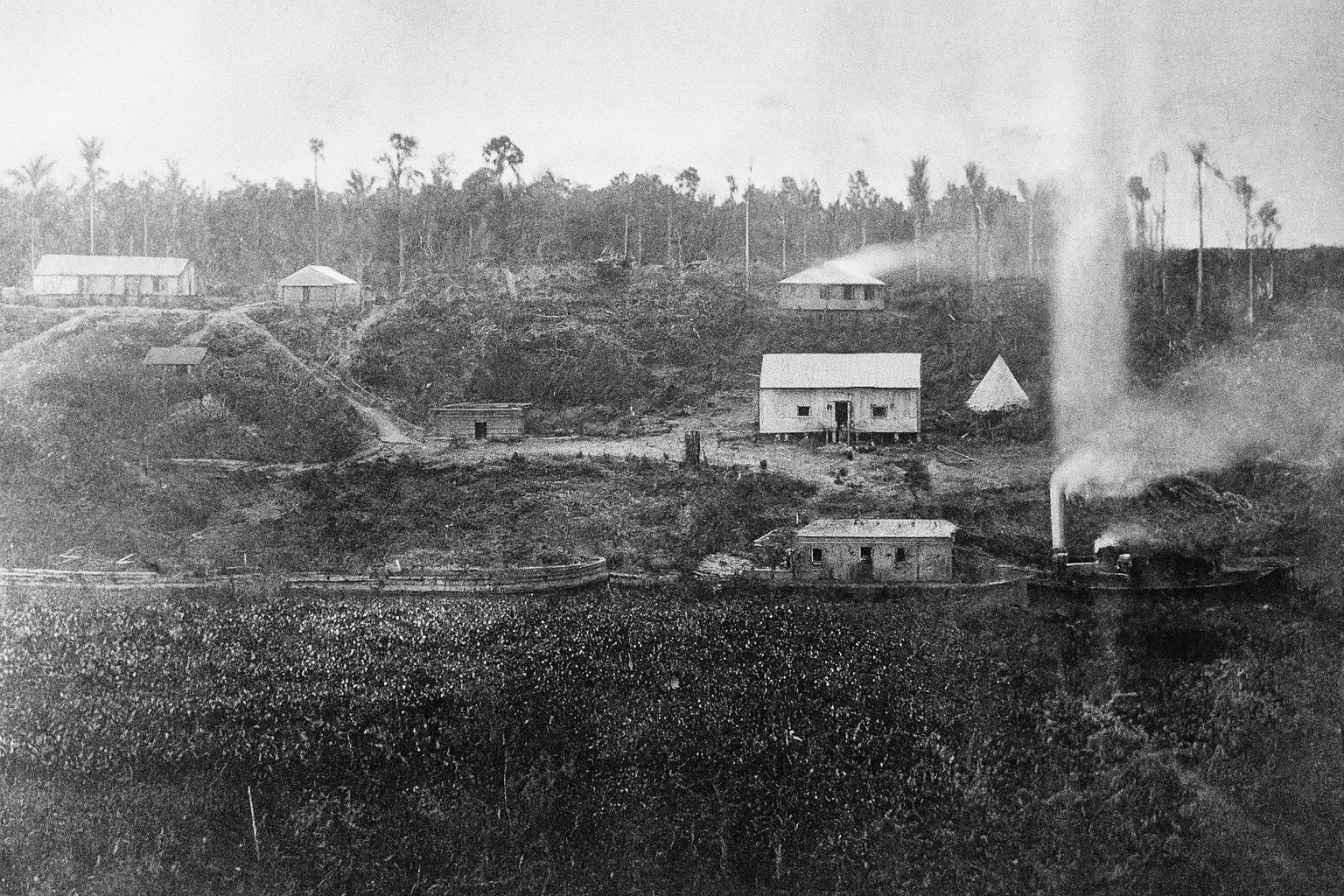
1864 | Te Hauāuru o Maungatautari ki Kāwhia
In the 18th century, the Apakura rohe stretched eastward from Moanatuatua (Roto-o-Rangi), following the Mangapiko, Puniu, and Waipā rivers, extending over Pirongia and encompassing the regions of Ōparau, Aotea, and Kāwhia, reaching all the way to Te Tai Hauāuru. In 1857, a tatau pounamu (peace agreement) was established with Ngāti Hauā, including Ngāti Korokī Kahukura. As a result, this sphere of influence extended further eastward—partially across the vast Moanatuatua wetlands—reaching into the Te Whanake range and incorporating the Kairangi rohe.
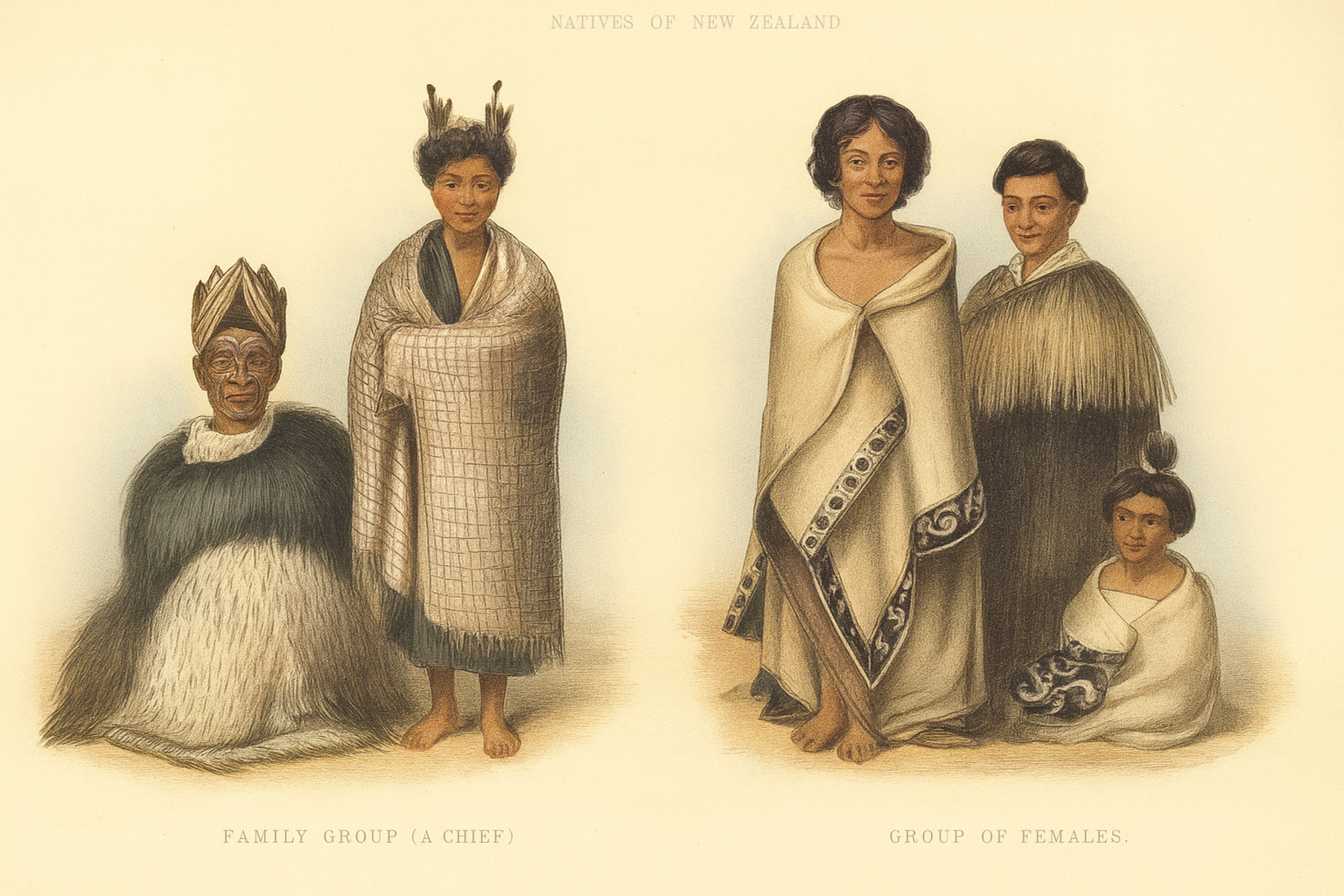
1864 | Te Pāhuatanga - Rangiaowhia
A force of 1,230 British soldiers invaded the Christian Mission Station at Rangiaowhia—a village of non-combatants gathered on their Sabbath.This flourishing economic centre of Ngāti Apakura was brutally devastated. Records show that 103 mana whenua lost their lives. The surviving Ngāti Apakura were dispossessed of their lands and scattered across ngā hau e wha.
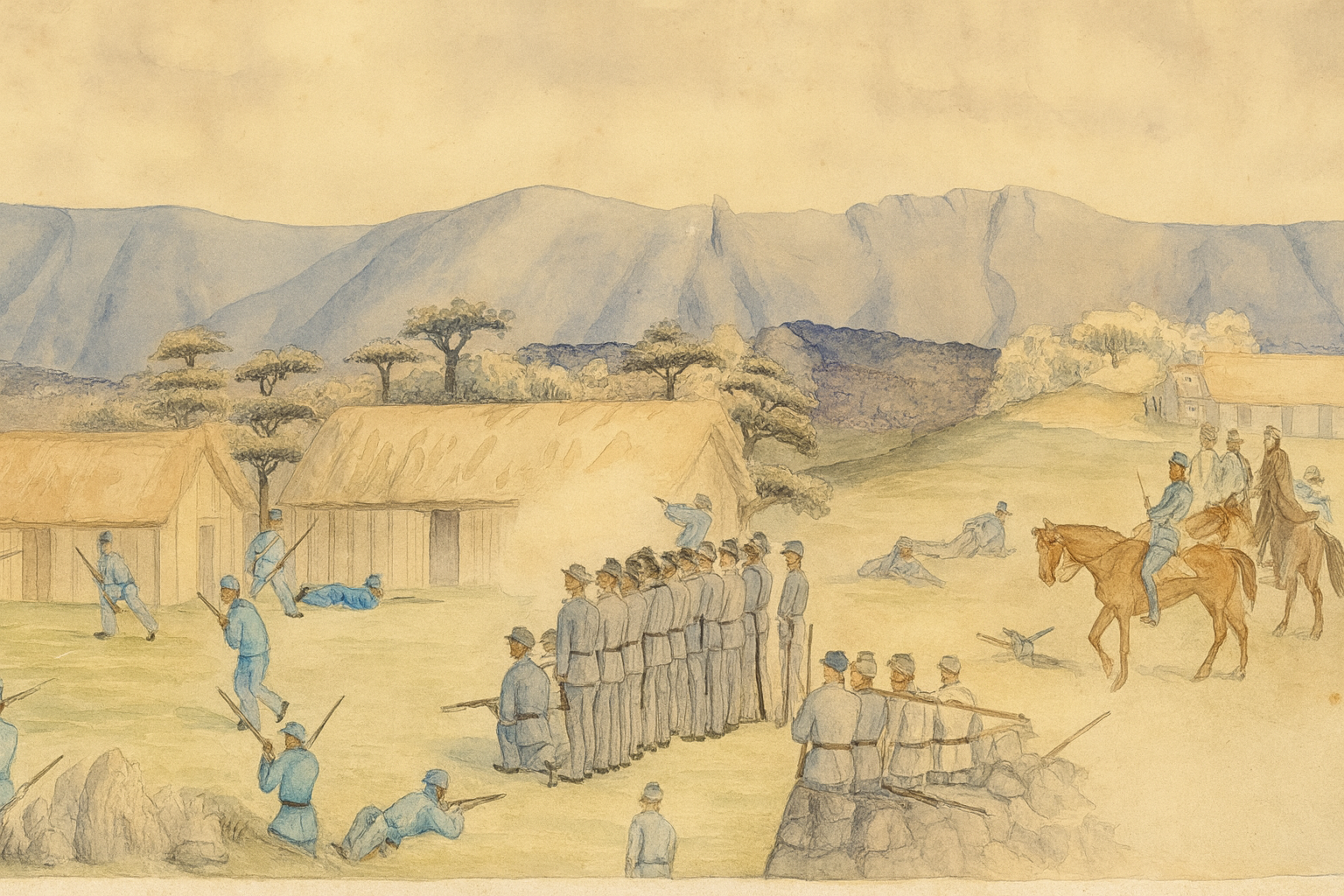
1995 | Waikato-Tainui Raupatu Settlement (Ngāti Apakura Included)
The Waikato Raupatu Settlement addresses the Crown’s historic confiscation of Ngāti Apakura lands, recognising their enduring connection to their whenua. It provides redress and support to restore their rights, strengthen cultural identity, and promote partnership and healing between Ngāti Apakura, Waikato-Tainui, and the Crown.
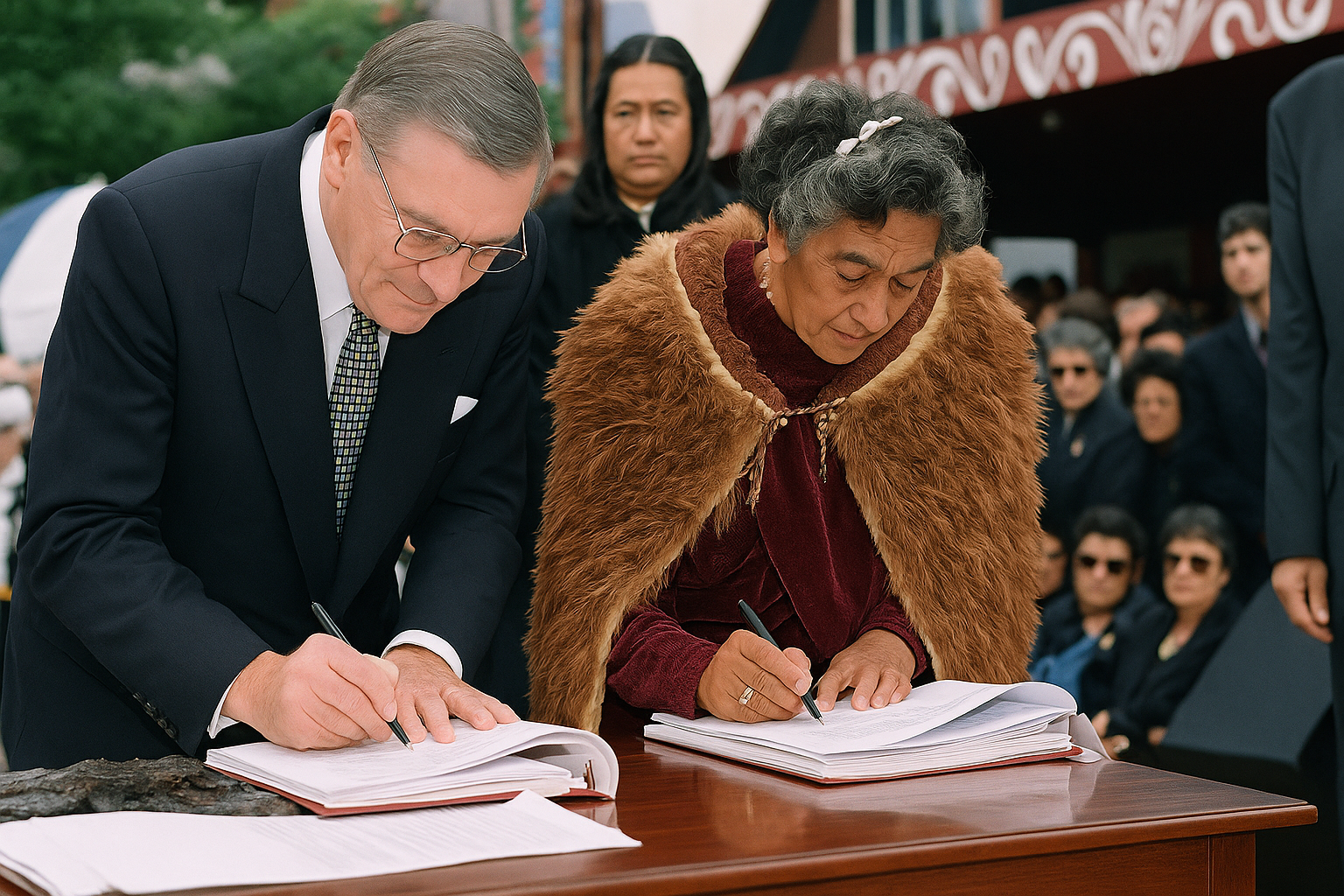
2014 | Apakura Rūnanga Trust Established
Established in August 2014, Apakura Rūnanga Trust is dedicated to advancing the collective interests of Ngāti Apakura through the promotion of wellbeing, preservation of cultural heritage and tikanga, redress of historical grievances, stewardship of the environment, and the support of iwi development and membership.

2016 | Ngāti Maniapoto Mandate Approved (Ngāti Apakura Excluded)
Ngāti Apakura was excluded from the Crown’s Deed of Settlement with Ngāti Maniapoto, despite longstanding whakapapa connections and shared histories. This exclusion failed to recognise Ngāti Apakura as a distinct iwi with our own identity, rohe, and historical grievances. The Waitangi Tribunal later found that the Crown’s approach breached the principles of Te Tiriti o Waitangi.
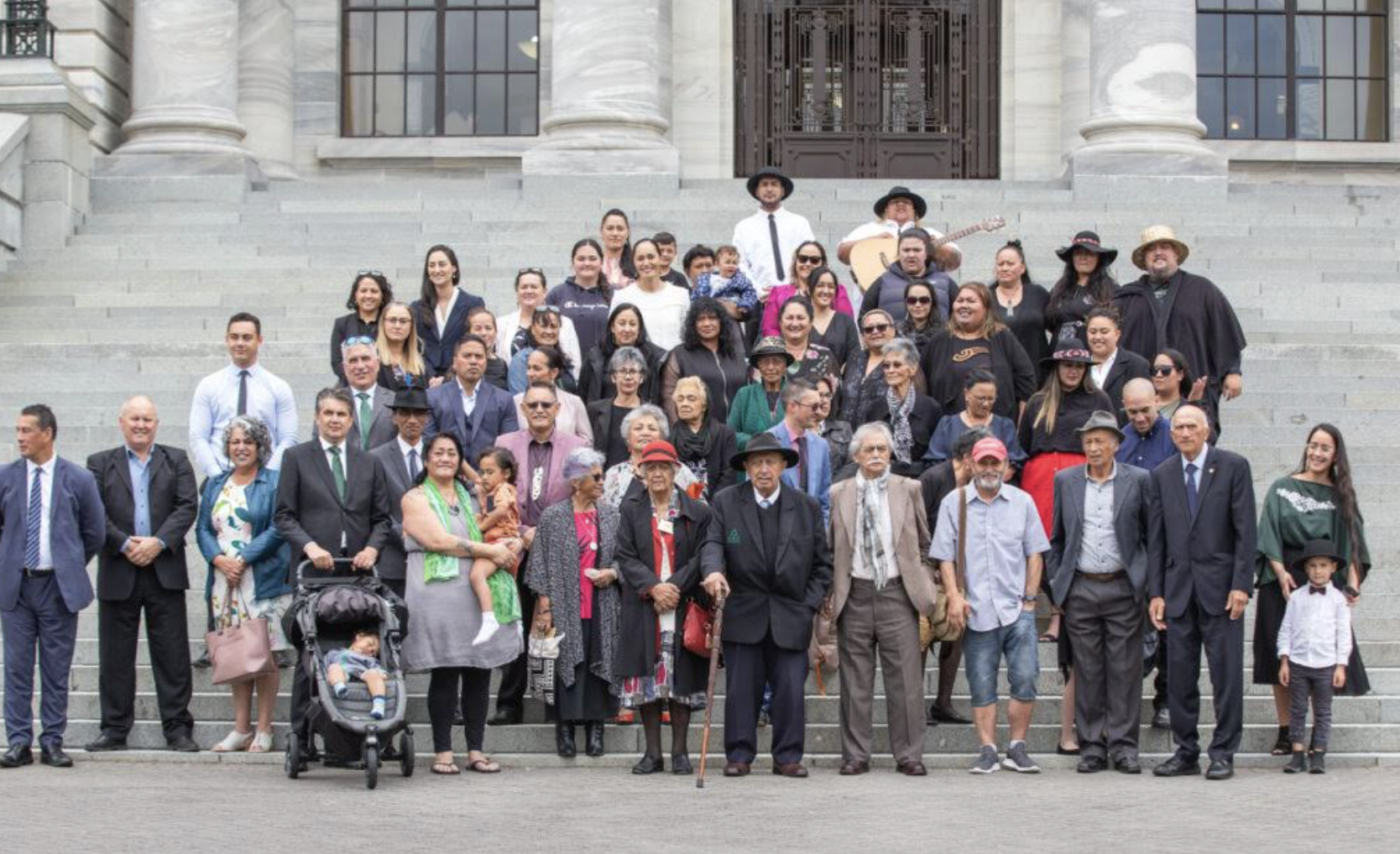
2018 | Waitangi Tribunal TRP Report
The Waitangi Tribunal’s Te Rohe Pōtae (TRP) Report confirmed that significant prejudice remains against Ngāti Apakura as a result of Crown actions. These findings support Ngāti Apakura’s continued pursuit of an independent settlement pathway that acknowledges the harm done, restores our rights, and upholds our tino rangatiratanga
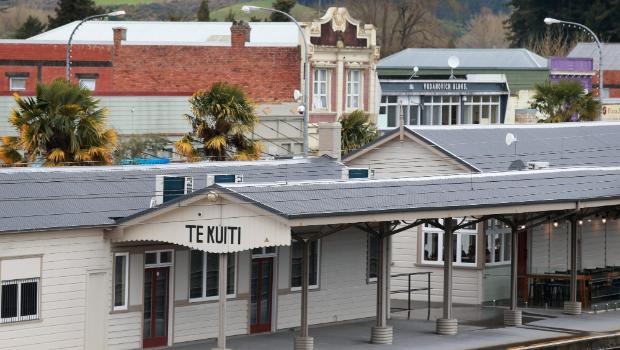
2018 | Te Waha ā Tuarā established
Te Waha ā Tūāra is a komiti of Ngāti Apakura descendants committed to advancing reconciliation for our iwi and hapū, following the Crown-led invasion, forced dispersal, and attack on Ngahuruhuru Pā and the Rangiaowhia Mission Station on 21 February 1864.

2019 | Waitangi Tribunal Report Confirmation
Maniapoto mandate report supports additioonal redress for Ngāti Apakura
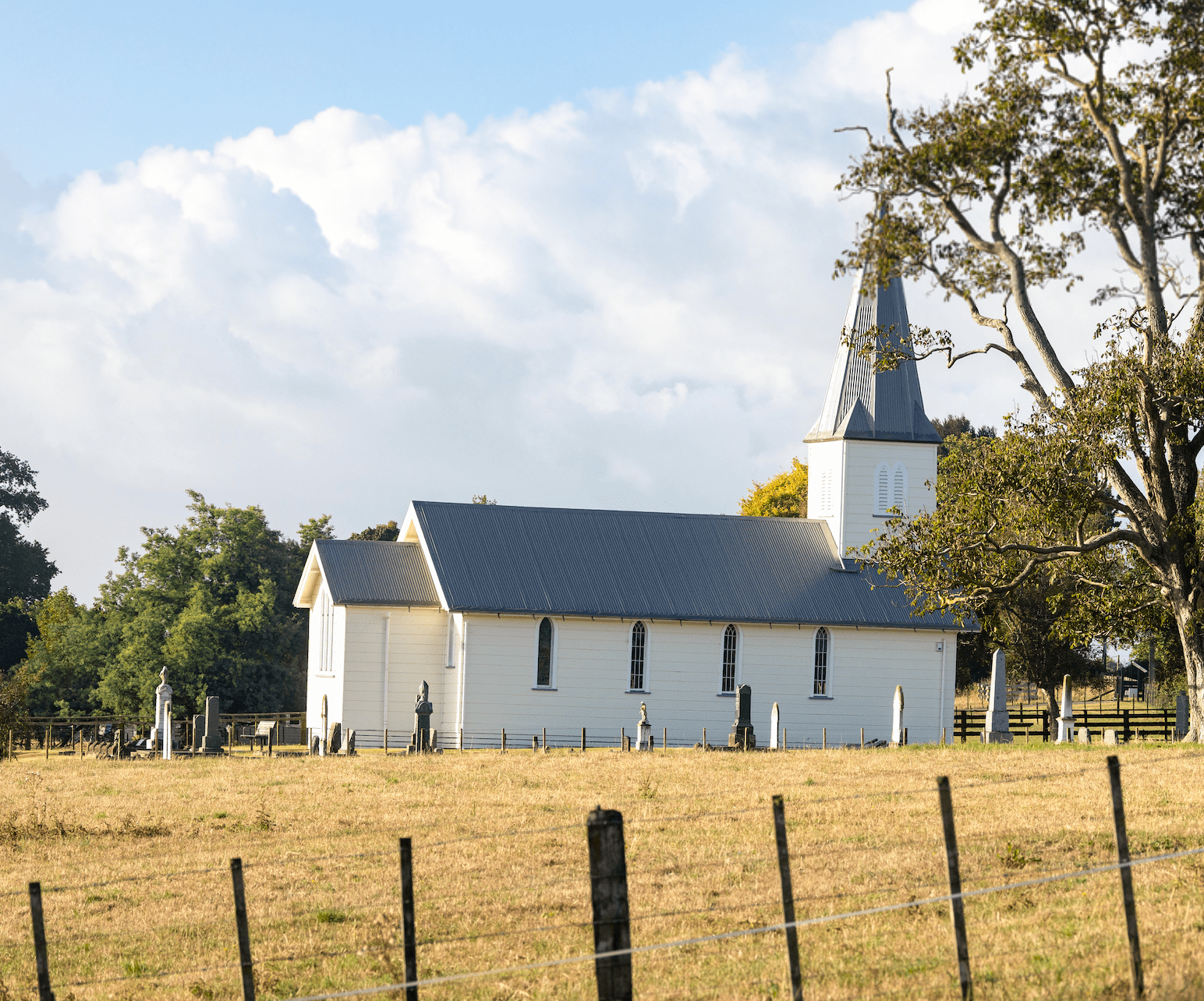
2019 |Te Waha ā Tuarā Engage with Crown
Te Waha ā Tūāra engage with Crown to discuss reconciliation.

2020 | Ministers visit to Rangiaowhia
Minister Little visits Rangiaowhia. Crown commitment to developing reconciliation package
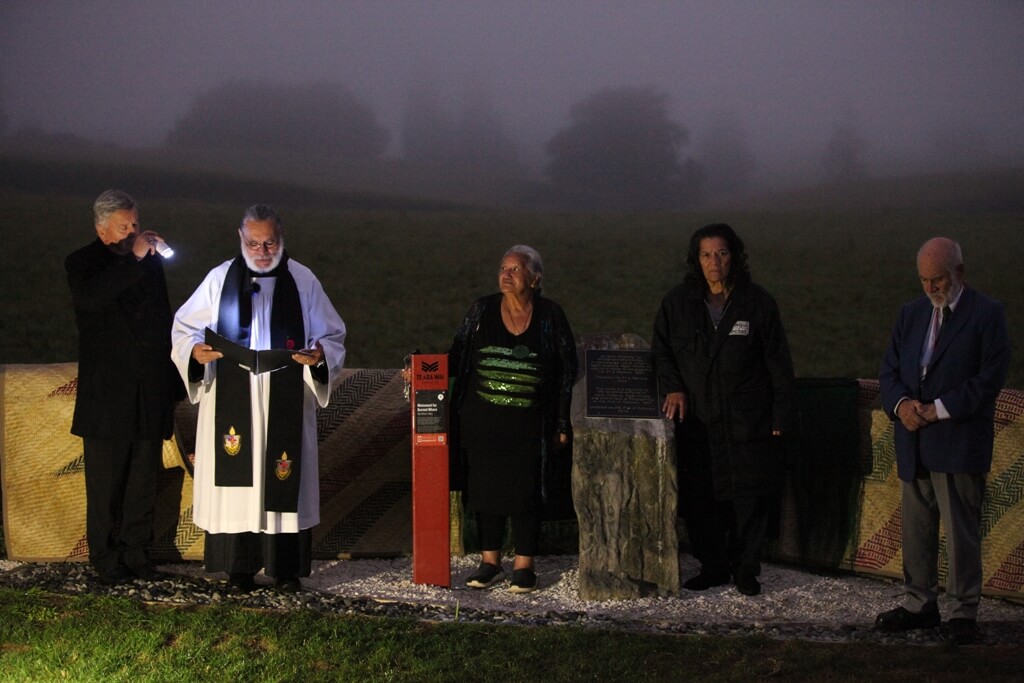
2020 | Ngāti Maniapoto Deed of Settlement
Ngāti Maniapoto deed of settlement initialled, and Ngāti Apakura have been included as huānga

2021 | Phase 1 - Reconcilitation
Research and engagement with iwi members commences
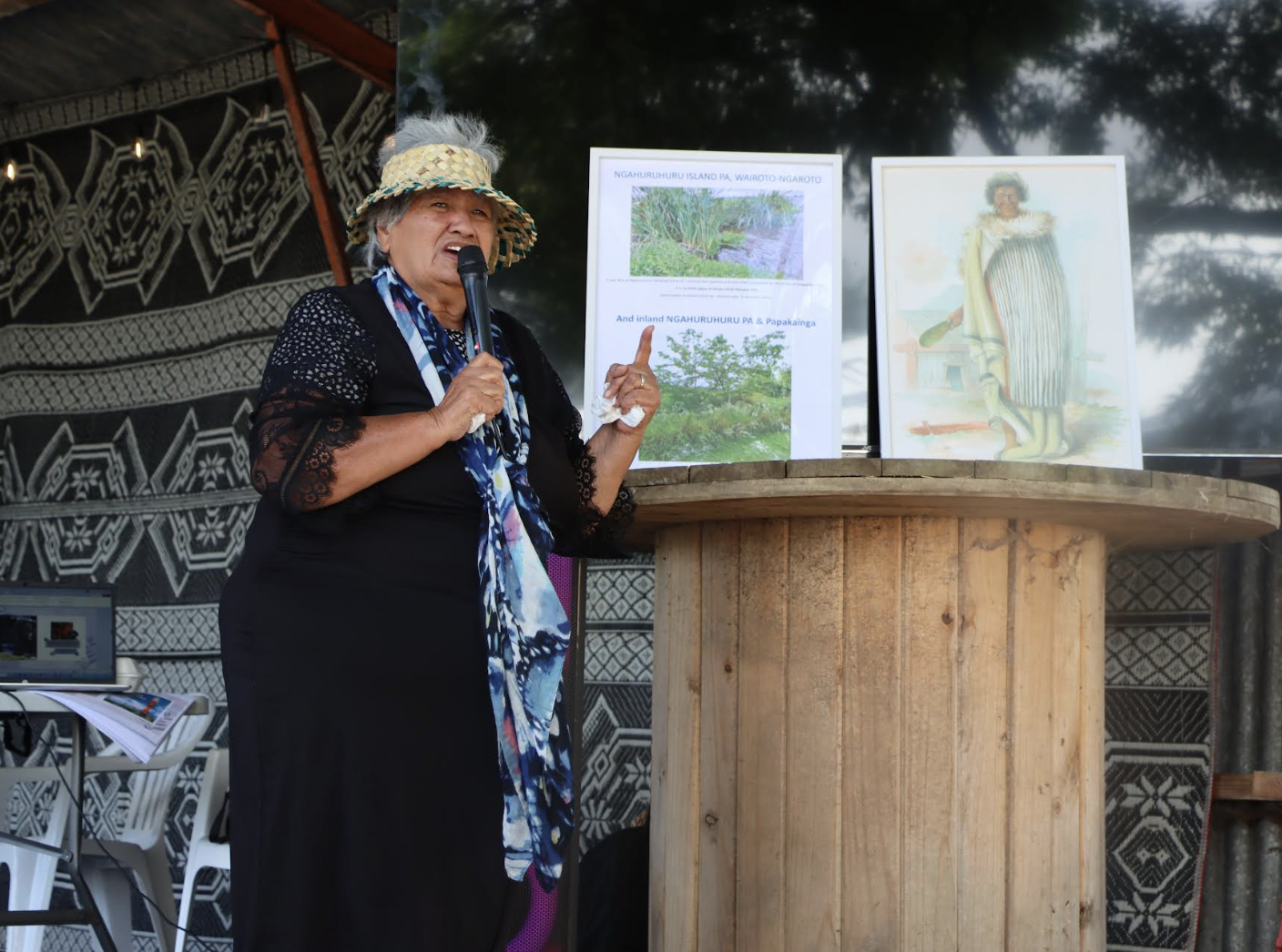
2023 | 61 Rangiaowhia Rd
In 2022, the Anglican Church purchased approximately 10 acres (4 ha) of land at Rangiaowhia and, in a powerful act of reconciliation, formally transferred it back to Ngāti Apakura and Ngāti Hinetū in September 2023.
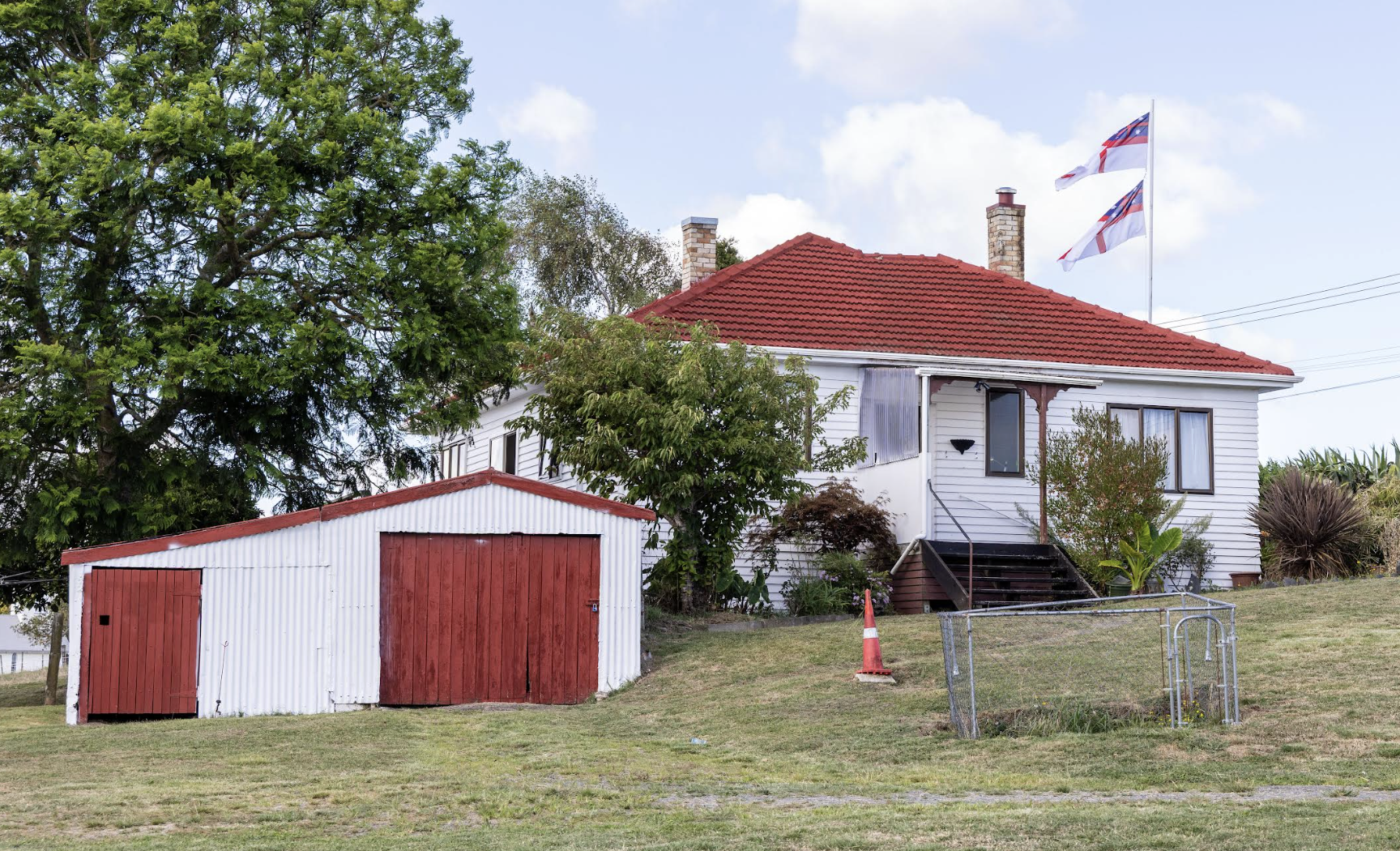
2023 | Reconcilitation Mandate
Apakura Rūnanga Trust if mandated for Hōhou te Rongo – Reconcilitation
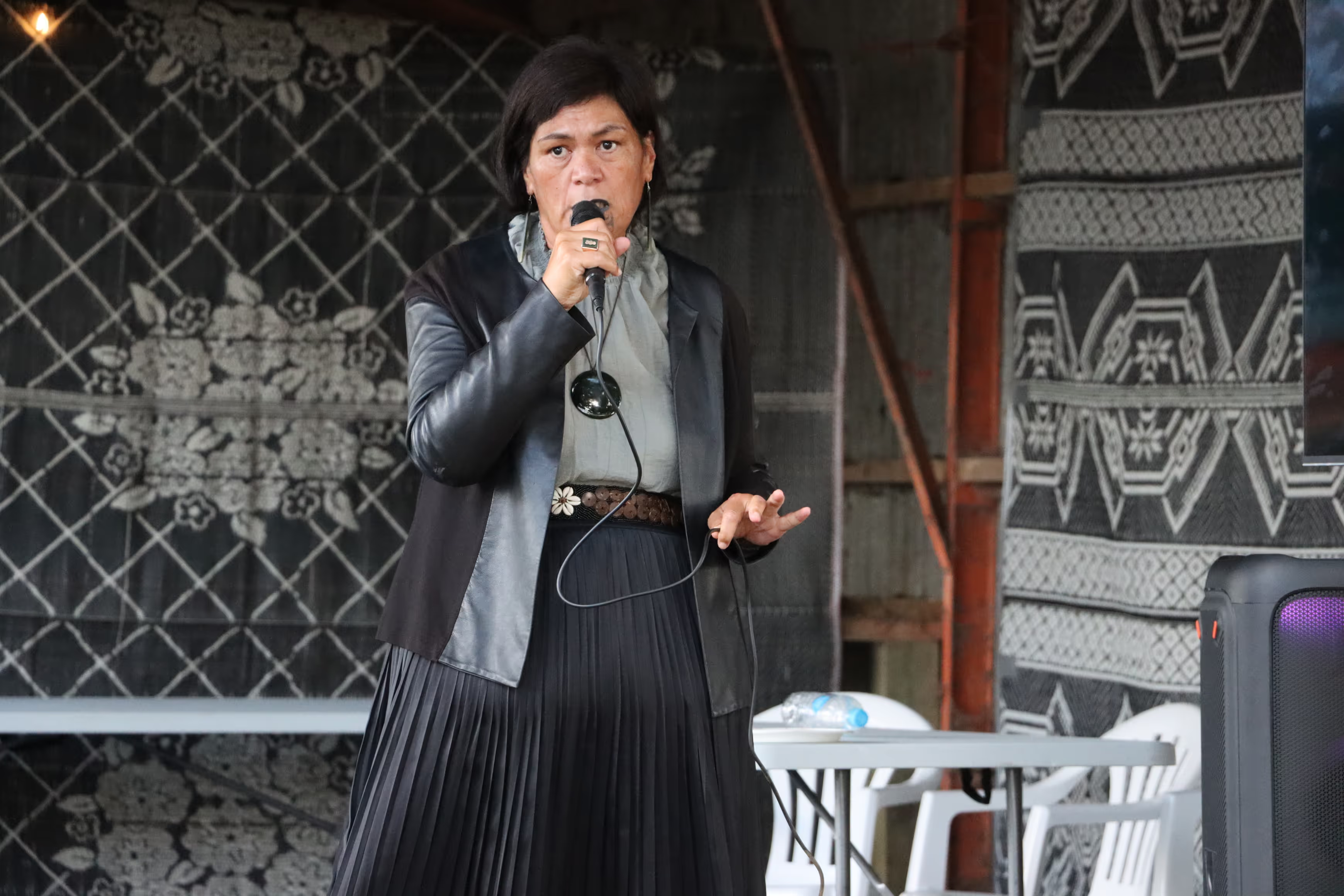
2024 | Accepted by the Crown
Minister Goldsmith accepts the mandate of the Trust to move to the negotiation phase
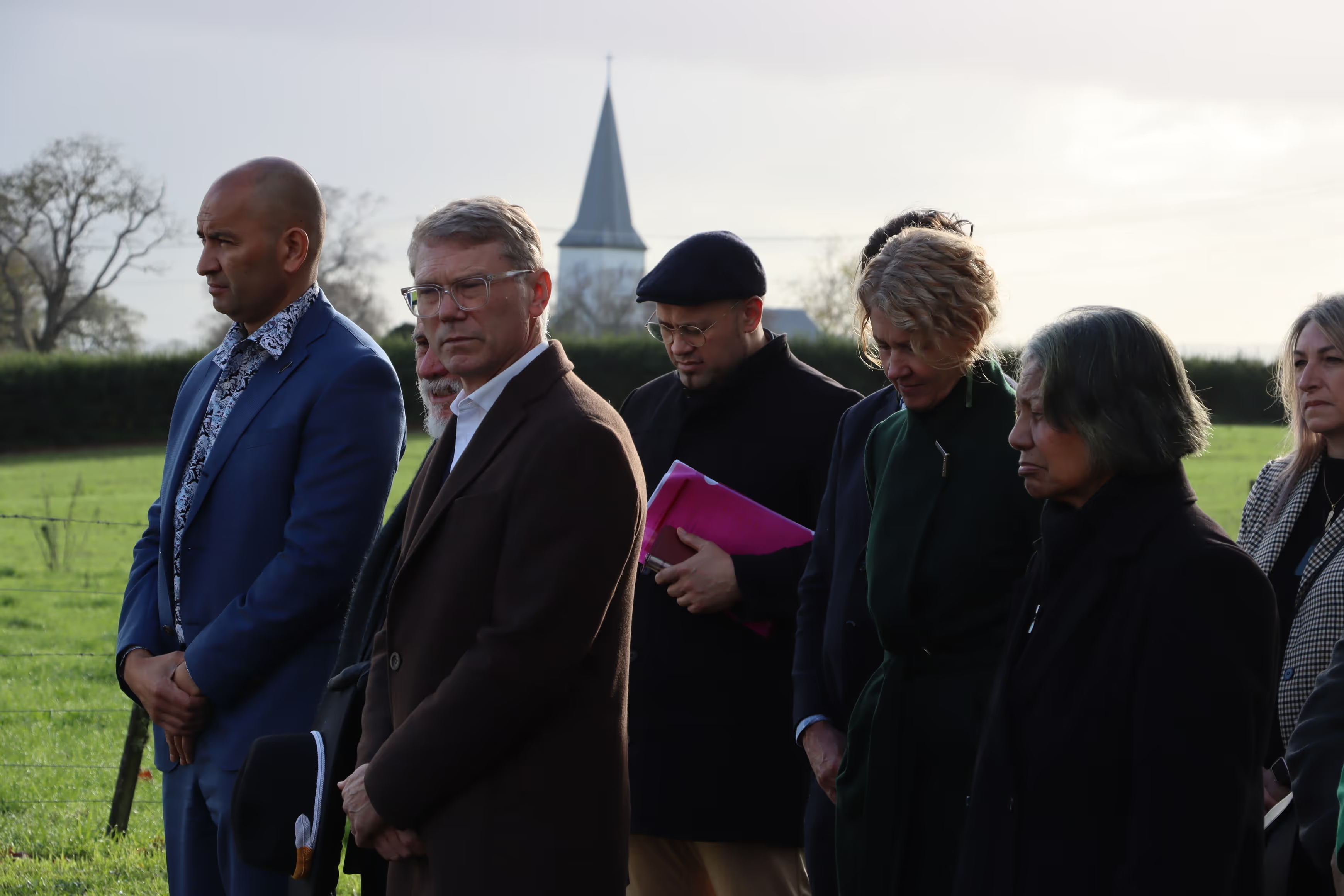
Kiriata
This video collection shares the stories, knowledge, and kaupapa of Ngāti Apakura. Through these recordings, we preserve and pass on our history, tikanga, and whakapapa, while showcasing the voices of our whānau, our mahi in the community, and the revitalisation of our identity across generations.
Register with Ngaati Apakura
Rēhita Mai!



